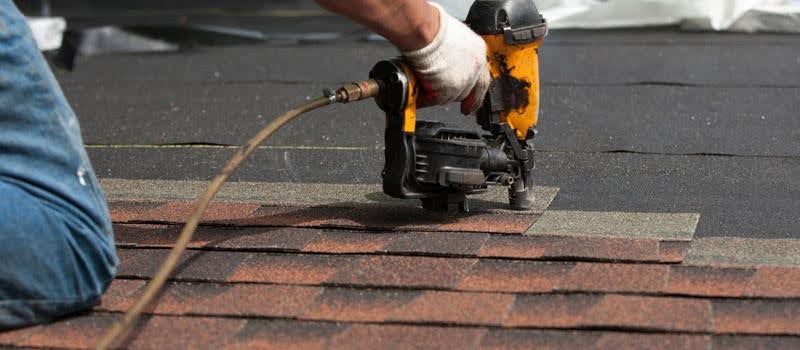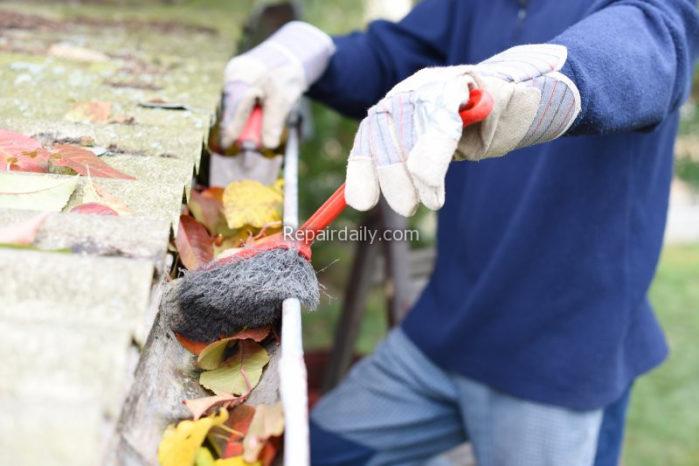
The roof over your head does more than keep you dry. It protects your home, your family, and your peace of mind. But how often do we check it? How many of us know what to look for before a small issue turns into a costly repair?
Most homeowners only notice a problem when it’s dripping onto their living room floor. By then, it may be too late for a quick fix.
Let’s break down the most common roof repairs carried out on UK homes. These are the issues roofers get called out for every day. Knowing what they are can save you time, stress, and money.
Slipped or Broken Roof Tiles
Britain’s stormy weather takes its toll. Strong winds and freeze-thaw cycles can damage roof tiles. One loose tile might not seem like a big deal, but it can quickly lead to leaks and damp.
Common causes:
- High winds during storms
- Ageing roof materials
- Frost damage in colder months
What to look out for:
- Tiles on the ground after a storm
- Visible gaps on your roof from the street
- Water stains on the ceiling
Did you know? Clay tiles can last up to 100 years, but concrete ones might only survive 30-50 years depending on conditions. Routine checks are key.
Leaky Roof Valleys
Roof valleys are where two sections of roof meet. Water naturally flows through them. That makes them one of the most vulnerable areas for leaks.
Why they fail:
- Blocked debris causes water to back up
- Old or poorly installed flashing deteriorates
- Tile movement breaks the valley seal
Signs of trouble:
- Damp patches on upstairs ceilings
- Moss buildup in the valley channel
- Mould in the attic
Valley repairs can be tricky and should always be done by a professional. DIY fixes might only mask the problem.
Damaged Flashing Around Chimneys and Vents
Flashings are thin metal strips that seal joints and prevent water entry. They are used around chimneys, vents, skylights, and dormers.
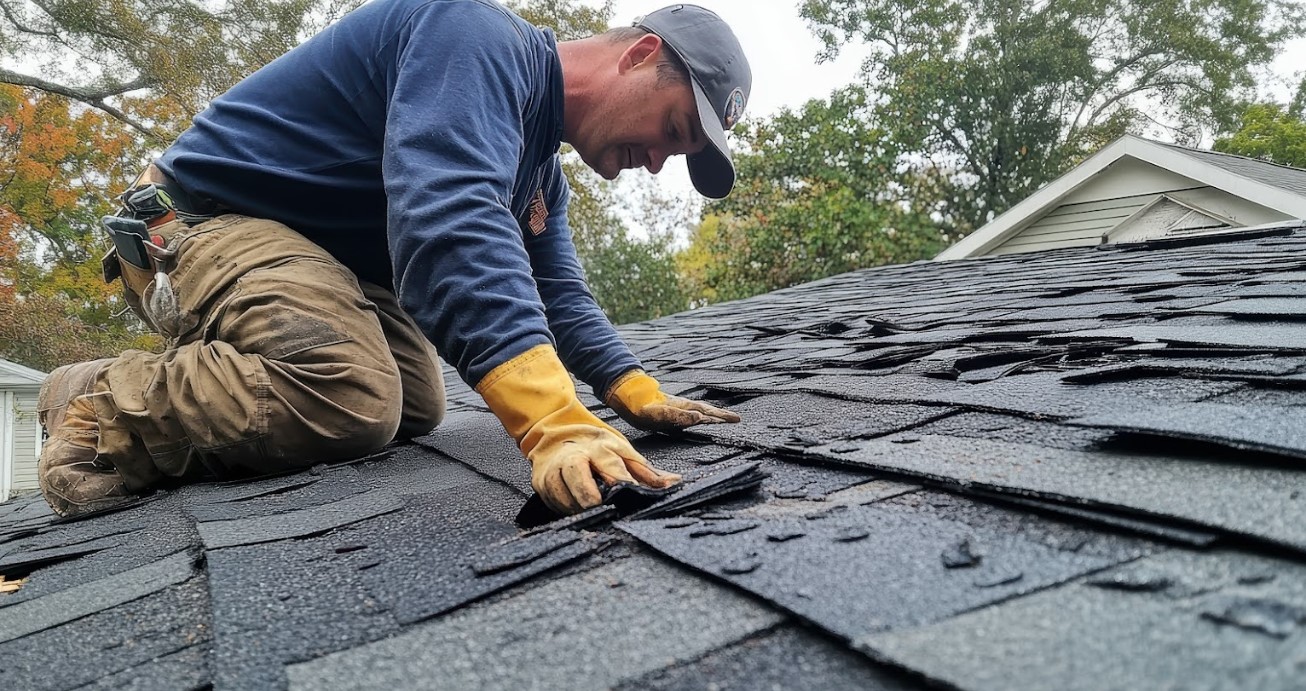
Typical problems include:
- Rust or corrosion over time
- Flashing becoming loose or detaching
- Poor installation or cheap materials
Potential consequences:
- Water running down internal walls
- Hidden damp inside cavities
- Roof rot if left unchecked
Replacing or resealing flashing is a relatively small job but ignoring it can lead to structural damage.
Blocked or Damaged Gutters
This might not seem like a roof issue at first. But overflowing gutters can cause water to back up into the roof structure.
How gutters fail:
- Leaves, moss, and debris blocking water flow
- Cracked or sagging guttering
- Joints coming loose from the fascia
What this leads to:
- Water damage to brickwork
- Soaked insulation and timber rot
- Ice dams in winter creating long-term issues
Regular gutter clearing, especially in autumn, can prevent this common cause of roof damage.
Flat Roof Leaks
Many UK homes, especially extensions and garages, have flat roofs. They are more prone to pooling water, which leads to leaks.
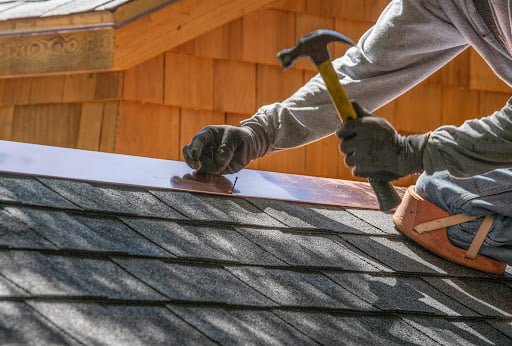
Main causes:
- Old or worn roofing felt
- Poor drainage due to sagging
- Cracks or blisters in the surface
Warning signs:
- Puddles forming on the roof
- Bubbles in the felt or membrane
- Water stains directly below the flat roof
Modern materials like EPDM rubber or fibreglass offer longer-lasting solutions. But even these need regular inspections.
Roof Ventilation Issues
A well-ventilated roof prevents damp and extends the life of the structure. But many homes, especially older ones, don’t have adequate airflow.
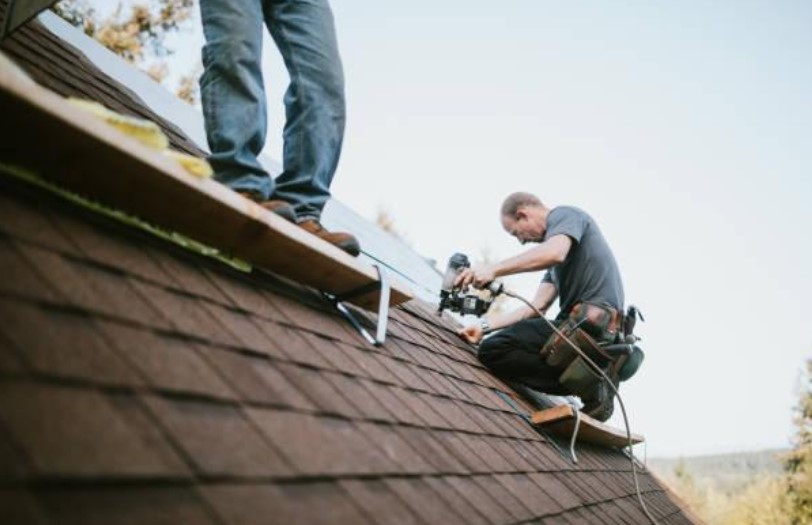
Problems caused by poor ventilation:
- Condensation in the loft
- Mould and mildew on timber
- Increased risk of woodworm
Solutions include:
- Adding soffit or ridge vents
- Installing breathable membranes
- Checking insulation is not blocking airflow
Good ventilation is often overlooked but vital for roof health.
Moss and Algae Growth
Moss might look harmless, but it holds moisture against roof tiles. Over time, this leads to damage and decay.
How moss damages roofs:
- Retains water, causing tiles to crack
- Can lift tiles, letting water in
- Blocks gutters and downpipes
Best practices:
- Use a scraper and brush to remove heavy growth
- Apply biocide treatments to slow regrowth
- Avoid pressure washing, which can cause further damage
Some homeowners install zinc or copper strips near the ridge to naturally inhibit moss growth.
Poor Workmanship and Botched Repairs
Not all roofers are created equal. Some repairs cause more harm than good.
Common signs of bad repair jobs:
- Mismatched or loosely laid tiles
- Sealant used in place of proper flashing
- Incomplete valley work
Protect yourself:
- Always check credentials and reviews
- Ask for before-and-after photos of the work
- Get a written guarantee
Roofing company norwich-roofing.co.uk reported that the cost of correcting poor workmanship can be double that of doing it right the first time.
Storm Damage
The UK has seen more frequent and severe storms in recent years. Storms can cause sudden, extensive roof damage.
Typical storm-related issues:
- Entire sections of tiles blown off
- Falling branches puncturing roofs
- Heavy rain overwhelming drainage
Post-storm checklist:
- Look for missing or shifted tiles
- Check the loft for new damp patches
- Inspect gutters and downpipes for debris
Always act quickly after a storm. Even if damage seems minor, it can worsen fast.
Insulation and Heat Loss
A poorly insulated roof doesn’t just waste energy. It also contributes to roof problems.
Why insulation matters:
- Stops heat from escaping, reducing condensation
- Helps maintain a stable roof temperature
- Prevents ice dams from forming in winter
Tips for better roof insulation:
- Use mineral wool or rigid board insulation
- Ensure even coverage, with no cold spots
- Don’t compress insulation under storage boards
Energy Saving Trust estimates that proper loft insulation can save up to £285 a year on energy bills.
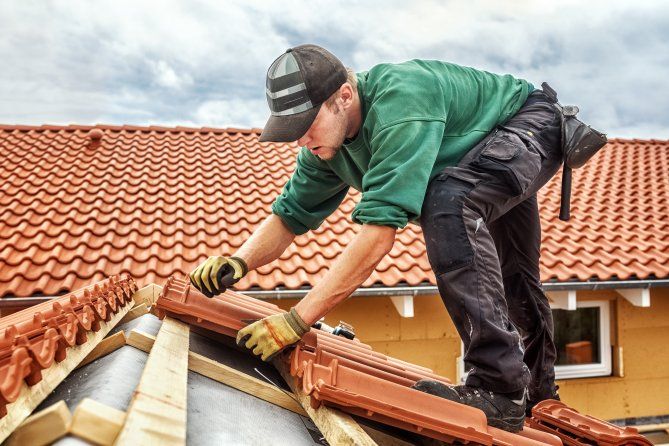
Final Thoughts
How often should you inspect your roof? At least twice a year – in spring and autumn. Or after any major storm.
Ask yourself:
- When did I last check my roof or gutters?
- Are there signs of damp or mould indoors?
- Have I had the flashing, valleys, or tiles checked recently?
A small roof repair today could save you thousands tomorrow. Don’t wait for the drip in the ceiling to remind you.

